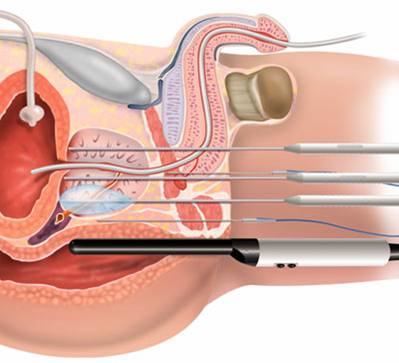M en with prostate cancer may be twice as likely to have started showing signs of male pattern baldness at the age of 20 than those without prostate cancer, a new French study suggests.
Men who start losing their hair in their 30s or 40s do not appear to face a similar boost in prostate cancer risk. And those whose hair loss starts in their 20s do not face a higher risk of developing the cancer at an early age or of developing more aggressive tumors, the research team noted.
Whether or not men who experience youthful hair loss may benefit from prostate cancer screening is yet to be determined, the study authors added.
Noting that androgens associated with hair loss are also associated with prostate cancer, he and the other researchers called for more studies to see whether interventions might be appropriate for men with very early balding.
Physicians need to know “who could be targeted for screening and also considered for chemo-prevention using anti-androgenic drugs such as finasteride,” Giraud said.
“Balding at the age of 20 may be one of these easily identifiable risk factors, and more work needs to be done now to confirm this,” he added.
The authors noted that male pattern baldness (androgenic alopecia) is very common, affecting about half of all men at some point in their lives.
Its onset has previously been linked to the conversion of testosterone to androgenic hormones, and androgens also have been previously implicated in the onset and growth of prostate cancer.
The drug finasteride — used to treat baldness — blocks the conversion of testosterone to an androgen thought to cause hair loss, and the drug also has been demonstrated to lower the incidence of prostate cancer.
To explore the possible connection between balding patterns and prostate cancer, the research team spent more than two years analyzing disease progression and hair loss patterns in 388 men with prostate cancer.
The men were diagnosed between the ages of 46 and 84. Starting in 2004, the investigators asked them to indicate whether or not they had experienced any previous balding, when their hair loss began, and specifically what type of hair loss had occurred at 20, 30 and 40.
Another 281 healthy men were enlisted in the study for comparison.
source: www.suntimes.com







